Rwanda Gorilla Trekking (99.9% Safe Rwanda Gorilla Treks)
Rwanda Gorilla trekking is a Guaranteed Lifetime Experience. Rwanda Safari – Africa’s Most Accessible Gorilla Trekking. Best Rwanda Gorilla Trekking Tours in Volcanoes National Park.
Rwanda Gorilla Trekking 101: All You Need to Know: Permit Cost, What to wear, the Best time to Visit, and Luxury Gorilla Trekking in Rwanda, Unlike in the other countries of Uganda and Congo, in Rwanda as soon as you arrive at Kigali International Airport you are just a few hours away from Volcanoes National Park the Gorilla Safari destination.
Mountain gorillas in Rwanda are all fully habituated and open to Rwanda Trekking Gorilla within their natural habitat. Rwanda’s gorillas are the easiest to trek as they live on the bamboo-covered slopes of the Virunga Volcanoes and live within an easily reachable range. It was on these slopes that the popular primatologist did her conservation works and the place where the movie Gorillas in the Mist was shot-making Rwanda Gorilla trekking popular the world over.
Gorilla Trekking in Rwanda – All You Need To Know
Guarantee to the Tourists: 99.9% Guaranteed Sightings of Mountain Gorillas in Rwanda – Trust Kabira Safaris for remarkable Gorilla Trekking in Rwanda.
Rwanda Safari: Africa’s Most Accessible Gorilla Trekking
The Virunga Mountains in Rwanda are well-known as a great place to go gorilla trekking. Here, in the 1960s, mountain gorilla researcher Dian Fossey habituated the animals. There is much more to see and do in the nation than just gorilla trekking, which is an unforgettable experience. Actually, even if you can’t afford to go gorilla trekking, Rwanda is still a great place to visit because it’s a developing country with a lot to offer. You can go primate walking, hiking, bird watching, boating on Lake Kivu in the Rift Valley, classic safari searching for the Big Five in the low-key Akagera National Park, and more.
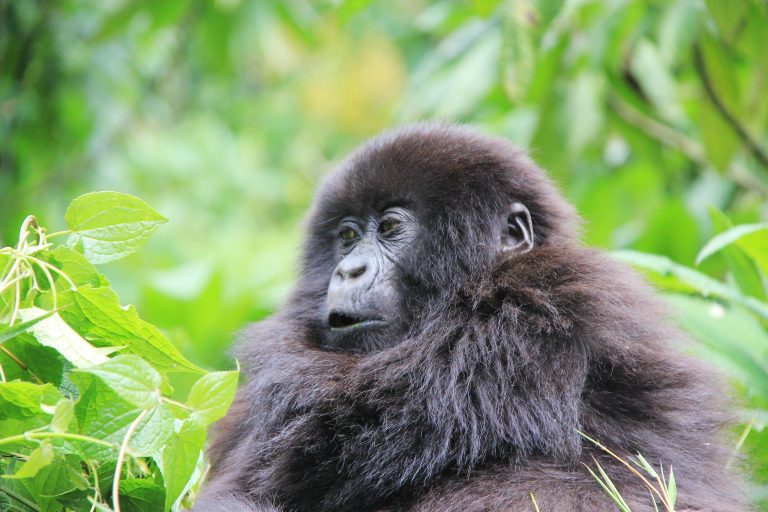
10 Day Rwanda and Uganda Gorilla Safari
A 10 days Rwanda and Uganda Gorilla Safari offers the ultimate experience of tracking mountain gorillas in both countries, as well as exploring other wildlife and stunning landscapes.
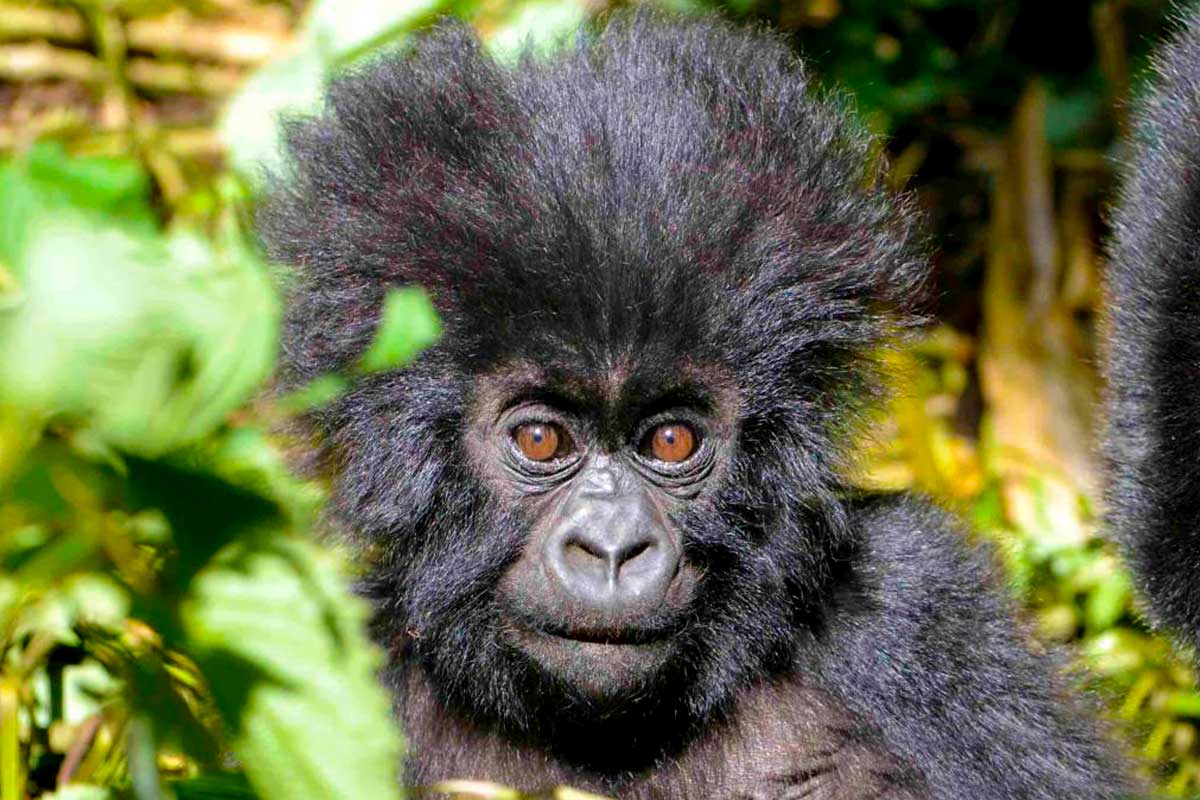
2 Days Gorilla Trekking Rwanda
A 2 Days Gorilla Trekking in Rwanda is an excellent way to experience the magic of mountain gorillas in their natural habitat. With this short yet rewarding itinerary
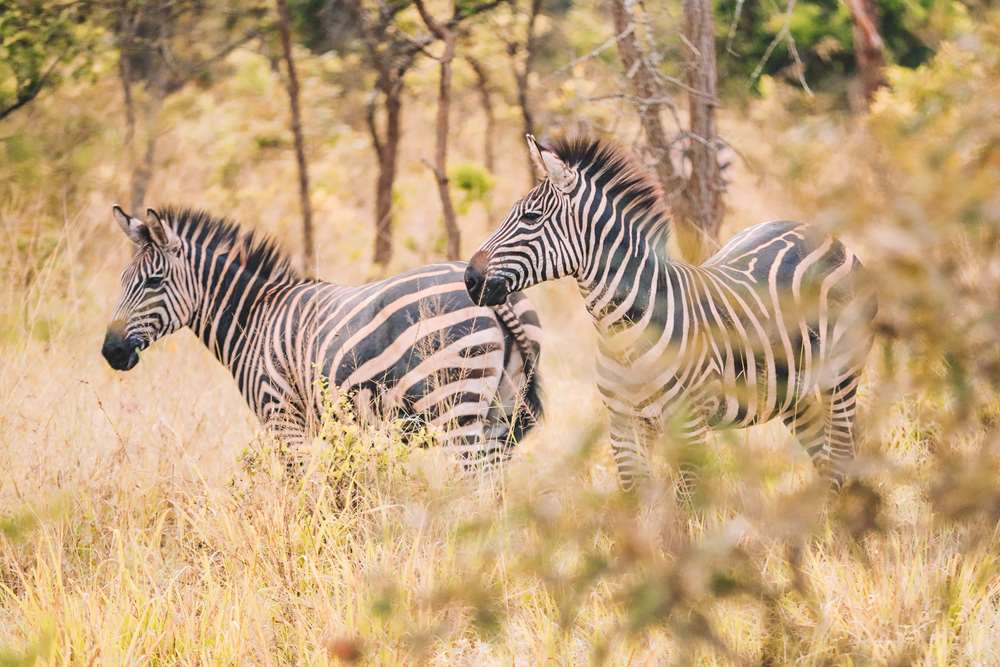
2 Days in Akagera National Park
A 2 days safari in Akagera National Park offers an excellent opportunity to explore one of Rwanda’s most renowned wildlife reserves, known for its rich biodiversity
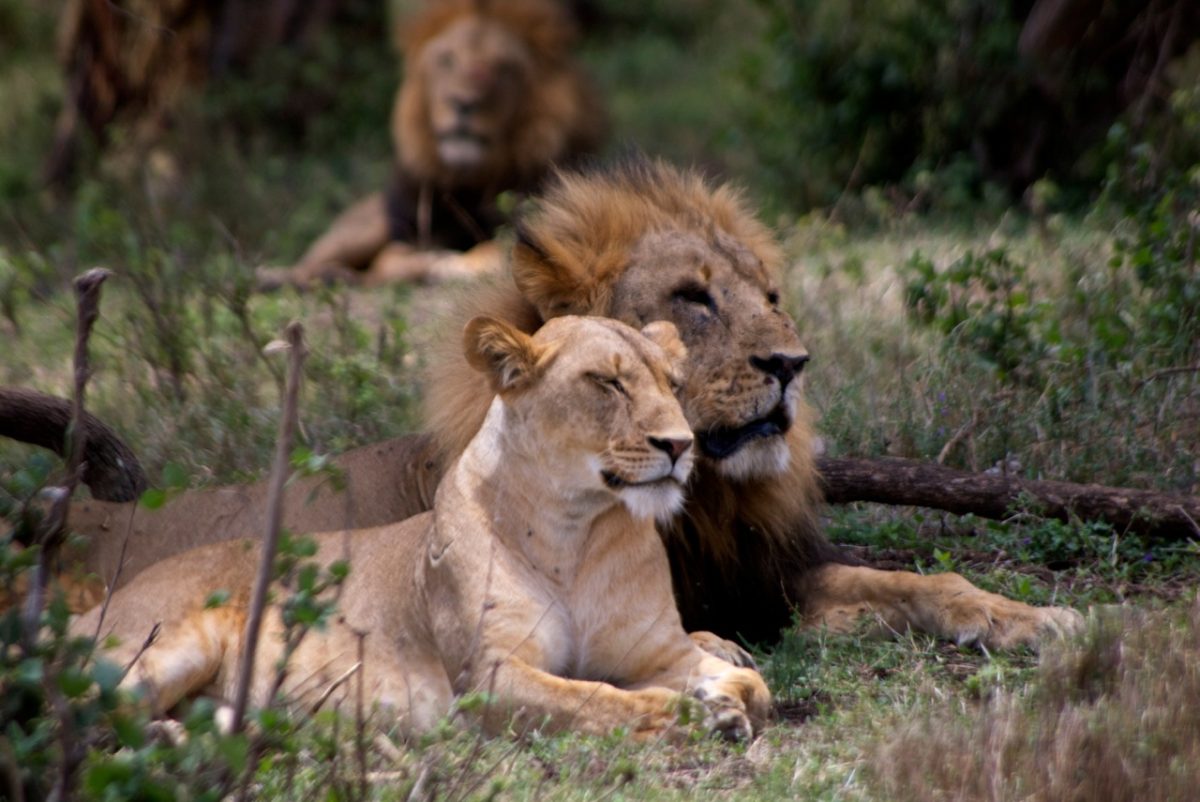
3 Days in Akagera National Park
Spending 3 days in Akagera National Park in Rwanda is a great way to experience the beauty of the park’s landscapes and its wildlife. Akagera is Rwanda’s largest national park
6 Day Rwanda Primates Tour
A 6 days Rwanda Primates Tour offers the perfect opportunity to explore Rwanda’s incredible biodiversity, especially its famous primates like mountain gorillas
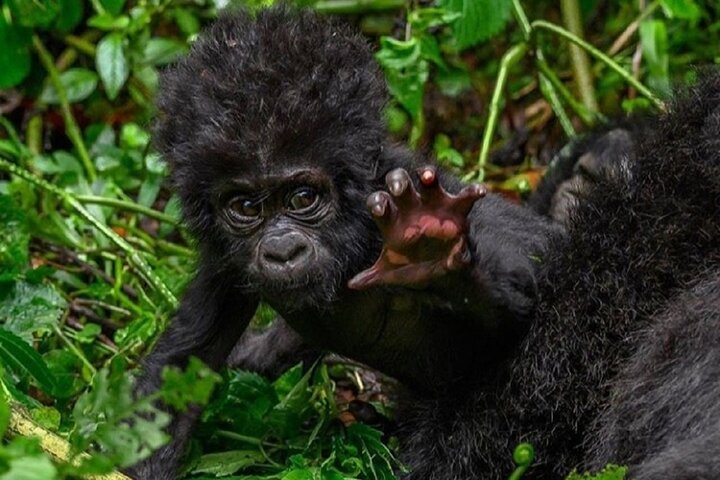
7 Day Rwanda Gorilla and Wildlife
A 7 days Rwanda Gorilla and Wildlife tour combines the iconic mountain gorilla trekking with opportunities to experience Rwanda’s diverse wildlife in its national parks.
What is Gorilla tracking Rwanda?
Gorilla Trekking in Rwanda literally has no definition but can be described as an activity that gets an individual very close to the world’s endangered Gorilla population-mountain gorillas. Gorilla trekking in Rwanda is a safari activity where 8 tourists are guided by park rangers to trek and hike through the bamboo rainforest of Volcanoes National Park to meet a gorilla family and spend 1 hour in their presence. Individuals have a briefing before they visit the bamboo forest where park rangers advise the trekkers on the dos and don’ts or rules and regulations of Rwanda Gorilla tours before, during, and after the trek. These guidelines should be followed to ensure you have an amazing Rwanda gorilla trek.
Mountain Gorilla Trekking in Rwanda (Unforgettable)
2. How much does it cost to see the Gorillas in Rwanda?
A Rwanda Gorilla Trekking costs US$ 1500 each and you are required to purchase a permit to see the mountain gorillas in Rwanda. Each person buys a permit at 1500 USD to go gorilla trekking in Rwanda’s Volcanoes National Park spending a maximum of 60 minutes in the presence of the mountain gorillas. The Rwanda gorilla permit at U.S dollars 1500 is the most expensive for a mountain gorilla trek but comes with amazing offers. Tourists to Rwanda who are spending at least three days in the country for Gorilla tracking and a visit to other parks are offered a 30% discount on their permits (terms and conditions apply). A 15% discount is also offered to conference tourists to the country who are going to trek gorillas in Rwanda before or after their conference.
Mountain Gorilla Trekking in RWANDA!
Is the Rwanda Gorilla Trekking Permit cost worth it?
Gorilla trekking in Rwanda is the most expensive Rwanda Safari activity and many people always wonder whether it is worth the cost. The cost of a Gorilla Trekking Permit in Rwanda is worth it because the high price regulates the number of people who visit the Mountain Gorillas each day and therefore protects the Gorillas from catching human diseases. Rwanda’s high Gorilla Permit cost strengthens conservation efforts and contributes to community development as well as improvement of livelihood in the local communities around the park. The communal revenue sharing price is 10% of the permit cost which is a good income for the communities around the park. This has helped in contributing to community amenities like constructing schools, hospitals, clean water, and local business development. Each day, ranger guides spend time in the forest to ensure Gorilla trekking is safely done. Before trekking, rangers go for tracking where they keep track of where the gorillas are spending their day and therefore tourists can be guided to see them.
The cost from the Gorilla permits is what helps the Rwanda Development Board facilitate the park rangers and ensure that Gorilla trekking tours are undertaken each day. Your contribution to a Rwanda Gorilla permit is very useful for mountain gorilla conservation. Mountain Gorillas have for several decades been on the verge of extinction but due to great conservation efforts, by 2020 there are confirmed 1063 Mountain Gorilla individuals remaining. This has been a result of conservation efforts and the funds from Gorilla permits play a very big role. Your purchase of a Gorilla permit for trekking in Rwanda does not only facilitate your Gorilla trekking experience but also helps facilitated gorilla conservation activities and helps save these great apes from extinction.
What to wear while on Rwanda Gorilla Tour ?
To have a Gorilla Safari in Rwanda, you will have to wear and pack right for the jungle. Here is all you need to know on what you will have to wear to keep you safe, warm, and comfortable during trekking;
- Wear long waterproof trousers and long-sleeved shirts for the trek for protection against bites directly to your skin and also to keep warm.
- Wear gardening gloves for hand protection especially from bristles in case you would hold onto any tree species during the trek.
- In the rainy season especially, wear a waterproof hat for protection on the head
- Carry a small waterproof zip lock bag to put in your camera and other gadgets.
- Wear comfortable hiking shoes. Always try on the shoes before the hike to make sure they do not cause any ache on the ankles or toes.
- Always remember to carry Insect repellent for protection from insect bites.
Gorilla Trekking in Rwanda
5. What is the best time to go Gorilla Trekking in Rwanda?
If you are wondering when to go gorilla trekking in Rwanda, the best time is still the best time to visit Rwanda. Though gorilla tours in Rwanda are an all-year-round activity, the best time of the year to go gorilla trekking is during the long and short dry seasons. The long dry season is during the months June to September and the short dry season is from the months mid-December to early February. During these two dry seasons, the park receives fewer rains, therefore, offering the easiest hiking conditions to the bamboo forest. The other time of the year is the rainy season and therefore it is less recommendable to trek Gorillas since trekking becomes difficult and slippery. However, this is also a time when tourists are fewer in number and therefore you could enjoy the advantage of discounted accommodation in some hotels/lodges. The time to go Gorilla trek in Rwanda can be any time of the year depending on what is favorable to you.
GORILLA TREKKING in Rwanda – Ultimate Bucket List (2024)
Rules and regulations for Gorilla Trekking in Rwanda
As means of regulating the number of tourists that visit mountain gorillas each day and to ensure they are safe, there are set rules and regulations that each tourist should adhere to in order to have a safe Gorilla safari in Rwanda. Here are the dos and don’ts of Gorilla trekking in Rwanda;
- Wash your hands before you head out to meet the gorillas.
- Always keep your voices low in the forest from the start of the trek to the end. However, you are allowed to ask your guide questions.
- Maintain a 7 meters (21 ft.) distance from the gorillas. Remember they are still wild animals.
- Do not use flash photography while taking pictures.
- In case you must leave any human waste in the forest, it should be buried 30 cm (12”) deep.
- A maximum of 60 minutes are spent in the presence of the mountain gorillas.
- Persons with a cold or diseases that might be found infectious to gorillas may not be allowed to trek the gorillas. In case you are ill please volunteer to stay behind for the safety of the gorillas.
- DO NOT leave any rubbish in the park.
- DO NOT eat, drink or smoke during the trek.
- If you must sneeze or cough cover your face and turn away from the gorillas, as they can catch coughs and colds from humans.
- Do not touch the gorillas.
Gorilla Trekking Rwanda – Meeting silverback Agashya
Best Places to Visit in Rwanda
Rwanda is known as the “Land of a Thousand Hills” for its beautiful landscapes, and its top attractions are waiting to be explored. A tiny landlocked nation in East Africa, Rwanda is well-known for both its beautiful scenery and its rich cultural legacy and its infamous past involving the terrible genocide that occurred there only twenty years ago (1994).
It was clear to me during my visit that Rwanda had recovered and was making great strides to restore international attention to its stunning landscapes. In light of their troubled history, the Rwandan people have laid a new, more solid groundwork, one in which they all work toward achieving peace. In order to keep their nation clean, they also work closely together. I have never seen an African country that spotless!
Rwanda might be one of Africa’s smallest nations but not only does it pack in plenty of excellent. wildlife destinations ranging from montane rainforests to grassy savannahs, but its modest size means that getting between places of interest is relatively quick and simple. Rwanda is 1.5 times the size of South Africa’s Kruger National Park and almost all points of interest are about a 4-hour drive from Kigali.
Things to Do in Kigali
Kigali stands out as an exemplary African city that is focused on the future. The capital of Rwanda has gone from a city infamous for genocide and civil strife to a shining example of modern urban planning. In the twenty years following the genocide, those who were forced to flee have returned to the city, armed with newfound knowledge, capital, and business ideas. An assortment of sushi restaurants, yoga centers, bakeries, artisan coffee shops, and a co-working space for startups have all been established by foreigners. Dancing clubs, sports pubs, and venues for live music are all part of the burgeoning nightlife.
Volcanoes National Park
Parc Nationals de Volcans (PNV), Rwanda’s Volcanoes National Park, is situated in the country’s northwest and shares borders with neighboring Uganda and the Democratic Republic of the Congo. Upon entering the park, the terrain changes from farmland to a thick evergreen forest. This breathtaking region, which spans an enormous 8,000 km², safeguards five of the nine breathtakingly magnificent Virunga Mountains, which are characterized by rugged, verdant slopes covered in lush tropical rainforest.
In the Virunga Mountain Range, which is home to the world’s last remaining mountain gorillas, you’ll find nine volcanoes—the tallest of which is Karisimbi at 4,507 meters—three of which are active and six of which are extinct.
Akagera National Park
Twenty years ago, when Akagera National Park in Rwanda was about to be irretrievably ruined, it was nearly unrecognizable. The incredible narrative of its recovery is all the more astounding given the catastrophic effects on the environment caused by the 1994 Tutsi genocide. The Akagera National Park was taken over by African Parks and the Rwanda Development Board (RDB) in 2010, which changed the park’s course to one of hope and prosperity.
Our shared goal from the start has always been to turn Akagera, a once-depleted terrain populated by over 30,000 cattle, into a profitable park that serves the needs of both humans and other animals. The rehabilitation was built upon a basis of effective conservation law enforcement procedures and robust community engagement. A conservation effort to help safeguard the species involved the reintroduction of lions and black rhinos in 2015 and 2017, followed by the introduction of white rhinos in 2021, after poaching was nearly eradicated in just five years. As a result of effective conservation efforts, the number of animals inhabiting Akagera has increased from around 5,000 in 2010 to about 12,000 in the present day.
Nyungwe Forest National Park
With its 1,019 km2 of thick Afromontane forests, meadows, and wetlands, Nyungwe is one of the oldest rainforests in Africa and Rwanda’s greatest forest expanse. The park supplies a substantial amount of freshwater to Rwanda and is a headwater basin for the Nile and the Congo, the two biggest rivers in the world. Here you may find 85 species of mammals, over 1,100 types of plants, and 13 species of primates from Africa, including the chimpanzee, the Ruwenzori black-and-white colobus, and the L’Hoest’s monkeys.
Agricultural expansion, unsustainable harvesting, unlawful mining, and rampant poaching have all threatened the existence of Nyungwe’s abundant flora and fauna in the past. After a fruitful collaboration with Akagera National Park, the Rwandan government encouraged African Parks to sign a 20-year management deal for Nyungwe in 2020. The park’s economic sustainability depends on our joint efforts to restore and protect species, engage local communities, and establish a solid tourist offering. Presently, the park is cultivating an environmentally sound and economically independent asset while also instilling a feeling of conservation ownership in the local community.
